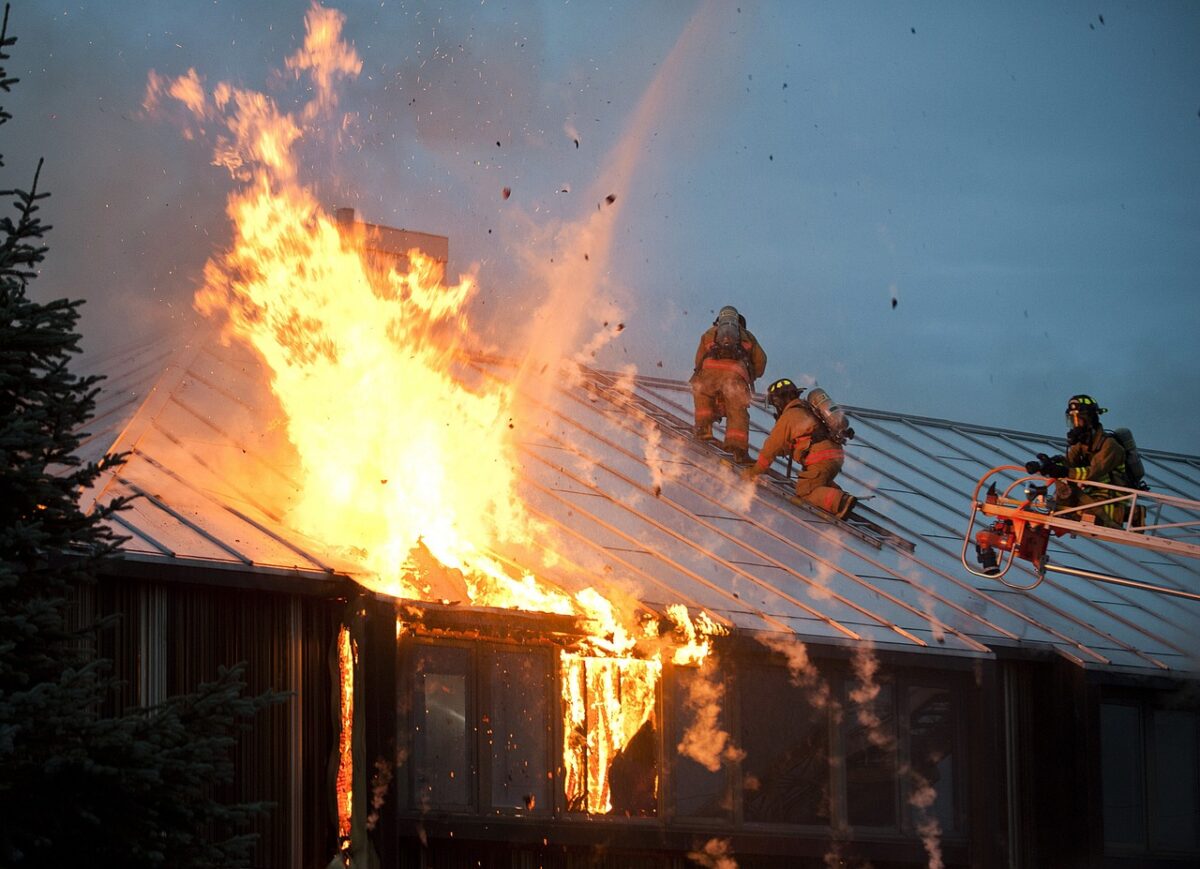Scientists from Japan and Canada have assessed wind-driven smoke dispersion in rooftop PV fires in a wind tunnel setup, using 1:15 small-scale building models of a prototype home in Quebec.
“The dispersion of fire smoke from rooftops with PV raises significant safety concerns regarding residents’ exposure,” the group said. “Therefore, it is essential to investigate the phenomenon of smoke dispersion generated by rooftop PV fires, particularly through rooftop openings such as skylights.”
For their small-scale study, the researchers used helium as a surrogate for the smoke from a real fire, as the chemical element enables testing in a non-fireproof wind tunnel. For this setup, they developed novel equations for smoke-helium similarity and scaling law.
Those equations allowed the academics to equate the non-dimensional smoke temperature to the non-dimensional helium mole fraction. Non-dimensional temperature refers to a relative measurement, removing the need for a precise unit such as Celsius or Kelvin.
The scientists said that while residents should move lower during building fires to reduce the risk of smoke inhalation, that may not be effective in rooftop PV fires due to “the swift and uniform smoke infiltration throughout the chamber.”
The scientists also found that lowering the wind velocity increased smoke infiltration into the building. In addition, higher HRR was found to lead to stronger smoke infiltration.
“Dry green rooftops have a maximum of 200 kW/m2 HRR, while wood rooftops have a maximum of 300 kW/m2 HRR, respectively,” they said. “Rooftop PV fires have a larger HRR (max 500 kW/m2), posing a higher risk.”
They presented their results in “Wind-driven smoke dispersion in rooftop photovoltaic fires: An experimental investigation with helium smoke,” which was recently published in the Journal of Building Engineering. The research was conducted by scientists from Japan’s Niigata Institute of Technology, as well as Canada’s University of Sherbrooke and Concordia University.
“Rooftop PV fires carry a higher risk than regular roof fires due to the relatively higher HRR and smoke dispersion,” the scientists concluded. “This indicates that when designing and selecting PV systems, the HRR value of the PV should be considered in terms of fire safety concerns.”
This content is protected by copyright and may not be reused. If you want to cooperate with us and would like to reuse some of our content, please contact: editors@pv-magazine.com.


1 comment
By submitting this form you agree to pv magazine using your data for the purposes of publishing your comment.
Your personal data will only be disclosed or otherwise transmitted to third parties for the purposes of spam filtering or if this is necessary for technical maintenance of the website. Any other transfer to third parties will not take place unless this is justified on the basis of applicable data protection regulations or if pv magazine is legally obliged to do so.
You may revoke this consent at any time with effect for the future, in which case your personal data will be deleted immediately. Otherwise, your data will be deleted if pv magazine has processed your request or the purpose of data storage is fulfilled.
Further information on data privacy can be found in our Data Protection Policy.